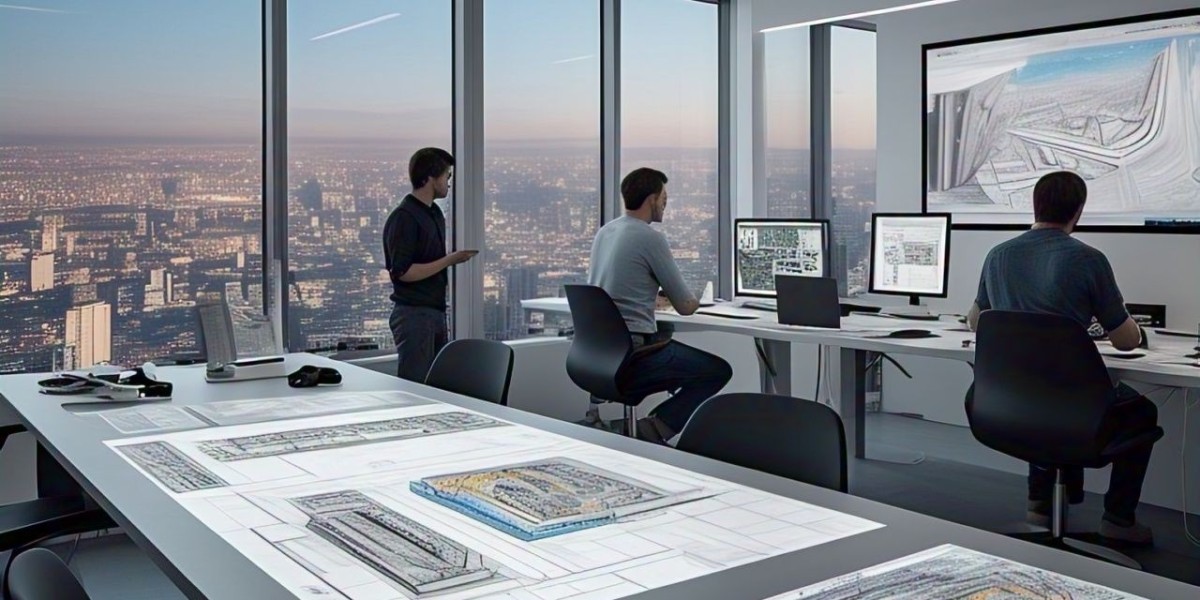Virtual reality (VR) has emerged as a game-changer in various industries, and architecture and interior design are no exceptions. The introduction of Nextgen VR is revolutionizing the way architects and designers conceptualize, present, and execute their projects. This cutting-edge technology allows professionals to create immersive, interactive environments that offer clients a real-time experience of their future spaces. From enhancing design precision to improving client collaboration, Nextgen VR is reshaping the architectural landscape.
Enhanced Visualization and Design Accuracy
Traditional architectural design relied on blueprints, 2D drawings, and even 3D models to convey ideas. However, these methods often left room for misinterpretation. With Nextgen VR, architects and interior designers can create fully immersive environments where clients can explore spaces as if they were physically present. This eliminates guesswork and ensures a precise understanding of scale, proportions, and aesthetics.
Additionally, Nextgen VR allows designers to test different materials, lighting conditions, and furniture placements in real time. This interactive approach helps refine designs with greater accuracy before any physical construction begins, reducing costly revisions and waste.
Improved Client Collaboration and Decision-Making
One of the most significant advantages of Nextgen VR is its ability to foster better communication between designers and clients. Rather than relying on static images or conceptual sketches, clients can wear a VR headset and walk through their prospective homes, offices, or commercial spaces. This hands-on experience enables them to make informed decisions about layout, colors, textures, and overall design elements.
Clients can also suggest changes on the spot, which designers can implement in real time. This seamless interaction reduces misunderstandings and ensures the final product aligns perfectly with the client’s vision. It also helps eliminate costly modifications after construction has begun.
Streamlined Project Development and Cost Efficiency
Nextgen VR is not just a visualization tool—it also streamlines the entire design and development process. Architects and designers can integrate VR with Building Information Modeling (BIM) systems to create highly detailed, data-driven models. These models can be used for project planning, structural analysis, and even material estimation.
By allowing designers to identify potential design flaws or structural inefficiencies early in the process, Nextgen VR helps avoid unexpected costs and delays. Additionally, since clients can approve designs faster, projects can move from concept to completion more efficiently. This ultimately saves both time and money for all stakeholders involved.
Sustainability and Eco-Friendly Design
Sustainability has become a critical focus in architecture and interior design. Nextgen VR enables designers to experiment with energy-efficient layouts, eco-friendly materials, and smart home technologies before actual implementation. By simulating lighting conditions and energy consumption, architects can optimize designs for reduced environmental impact.
Virtual prototyping also minimizes the need for physical materials, reducing waste generated from traditional design processes. This approach aligns with the growing demand for sustainable building solutions and environmentally responsible design practices.
The Future of Architecture and Interior Design
As VR technology continues to advance, its applications in architecture and interior design will only expand. Future innovations may include AI-driven VR design tools, real-time collaboration across global teams, and even VR-based construction training. Nextgen VR is not just transforming how spaces are designed—it is shaping the future of the industry.
Conclusion
Nextgen VR is revolutionizing architecture and interior design by enhancing visualization, improving collaboration, reducing costs, and promoting sustainable practices. As this technology becomes more widely adopted, designers and architects will have powerful tools to create more immersive, efficient, and eco-friendly spaces. The future of design is here, and it is virtual.







